Browse Research
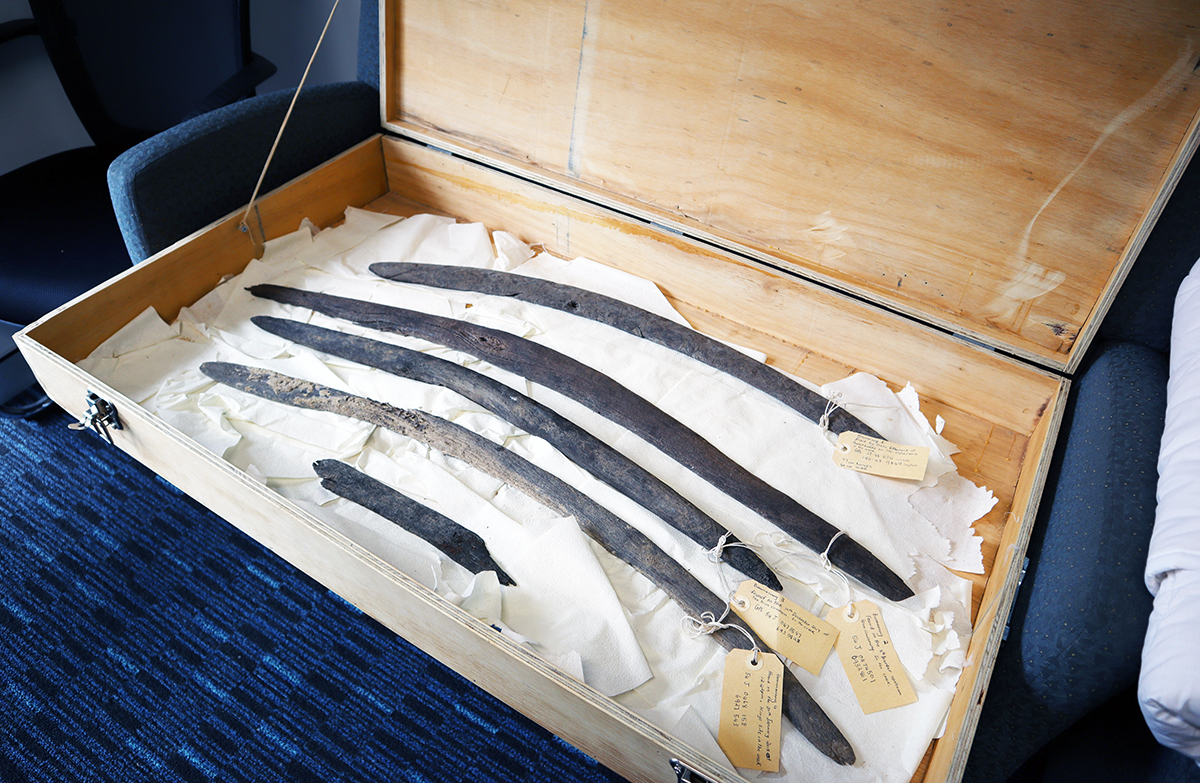
Yandruwandha Yawarrawarrka NSW
Rare boomerangs used by ancestors of Yandruwandha Yawarrawarrka people
ANSTO undertook radiocarbon dating to establish that the throwing sticks would have been used in an era from 200 years before European invasion up to the time of Burke and Wills.
Find out more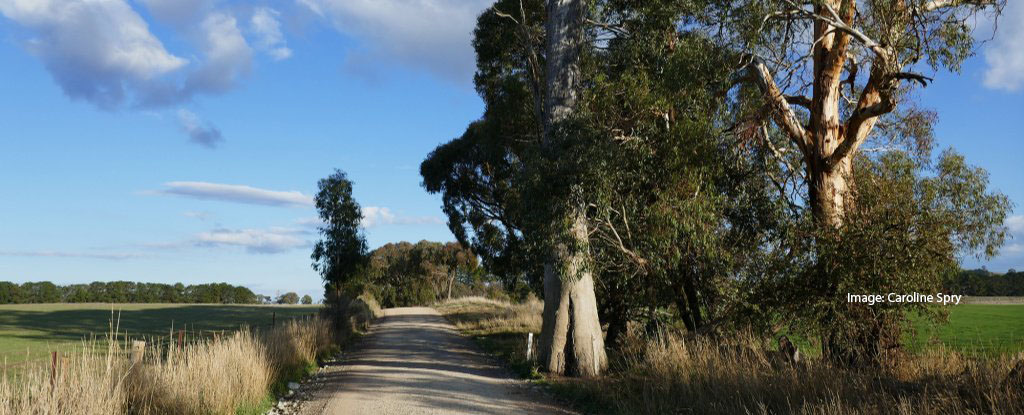
Wiradjuri NSW
Artefact reveals resilience of Aboriginal cultural knowledge
Radiocarbon dating at ANSTO was used to establish the age of a culturally-modified tree embedded with an Aboriginal stone tool on Wiradjuri country in NSW.
Find out more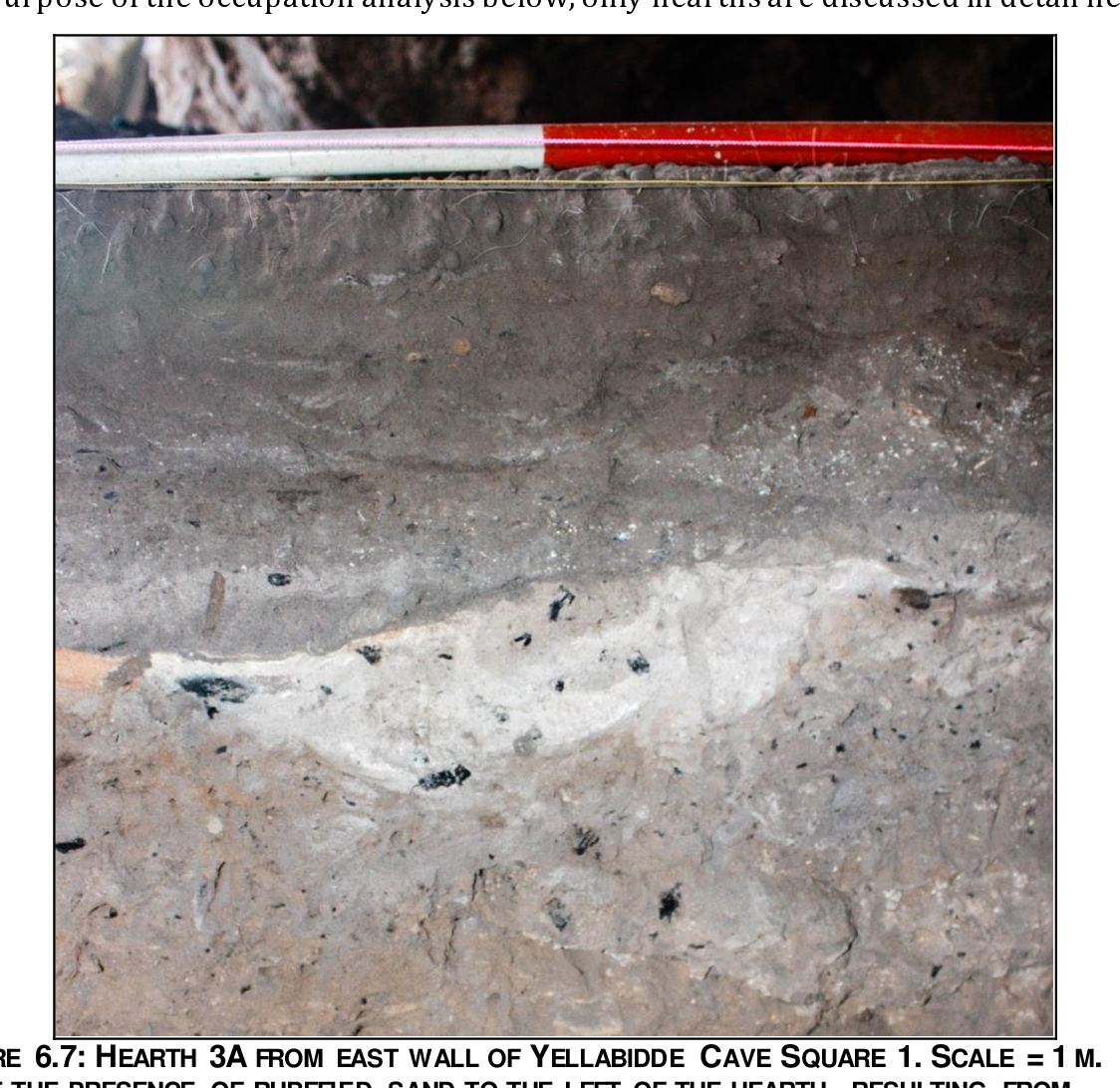
Whadjuk Noongar WA
Evidence for human occupation of Western Australia’s northern Swan Coastal Plain
First evidence for Pleistocene occupation of Western Australia’s northern Swan Coastal Plain.
Find out more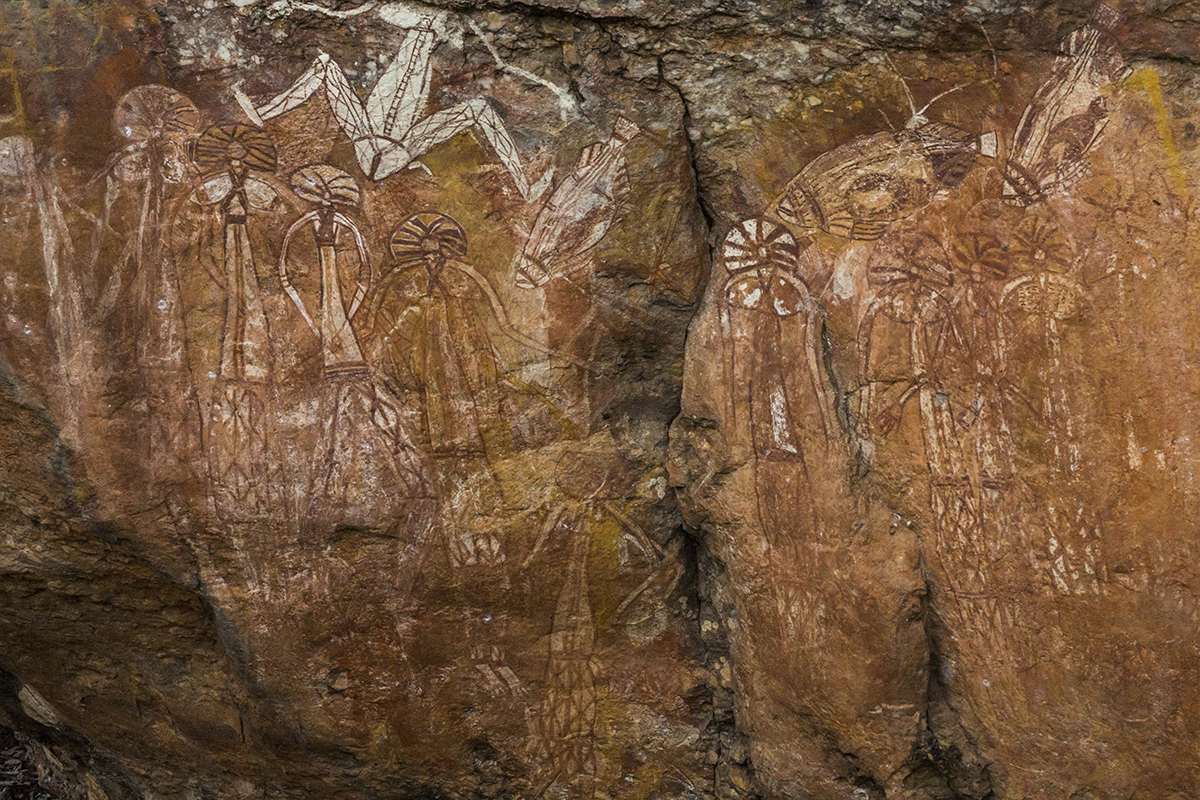
Wanjina WA
Kimberley Rock Art dating
The Kimberley Rock Art project involves a large team of researchers with complementary specialties from multiple institutions (University of Western Australia, Universities of Wollongong, Melbourne and Manchester), including ANSTO dating specialists, who are working together with the Indigenous Traditional Owners to obtain a chronology for the extraordinary rock art sequence of the Kimberley. The work is supported by the Australia Research Council and the Kimberley Foundation Australia.
Find out more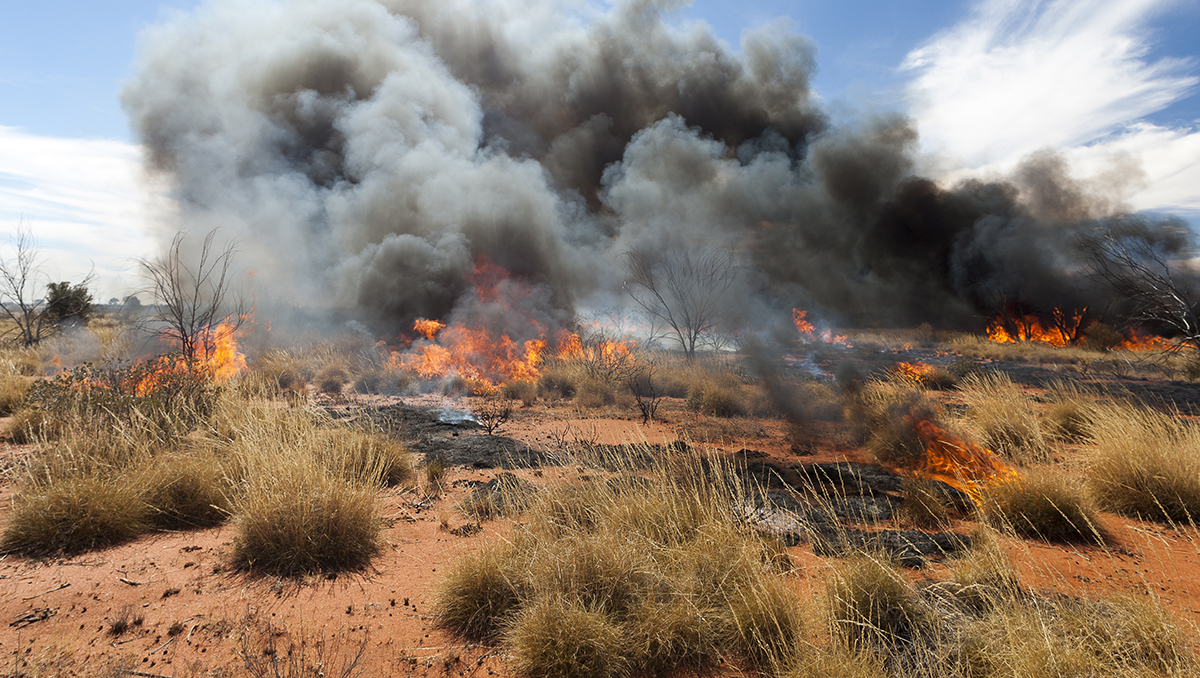
Takayna TAS
Landscape changes may be linked to loss of traditional Indigenous Australian burning techniques
Research investigates if the former open plains of western Tasmanian maintained by Aboriginal people became rainforest following the loss of traditional burning practices
Find out more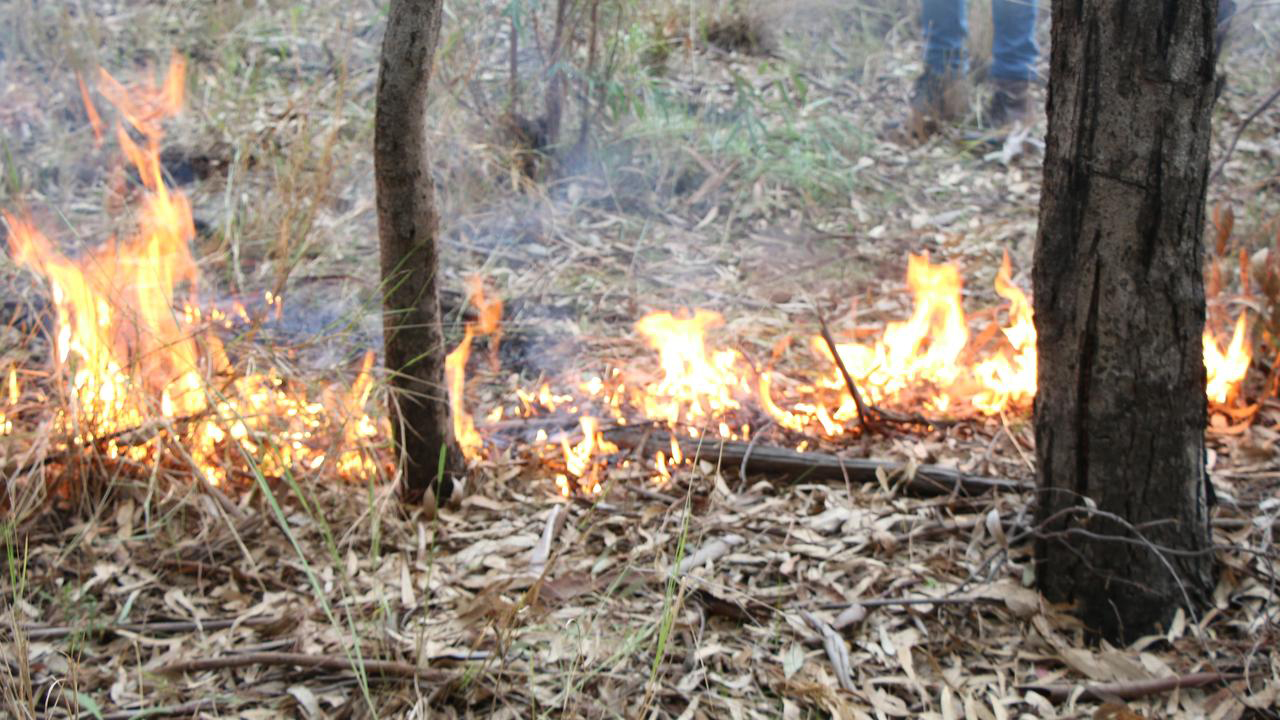
Palawa TAS
How old is the Tasmanian cultural landscape?
Research confirms a model of Late Pleistocene inheritance of open vegetation using pollen-based landscape reconstructions.
Find out more
Palawa TAS
Are landscape changes linked to loss of traditional Indigenous Australian burning techniques?
Traditional indigenous Australian burning techniques, part of 'looking after country', involve regular controlled burns to maintain much of the landscape.
Find out more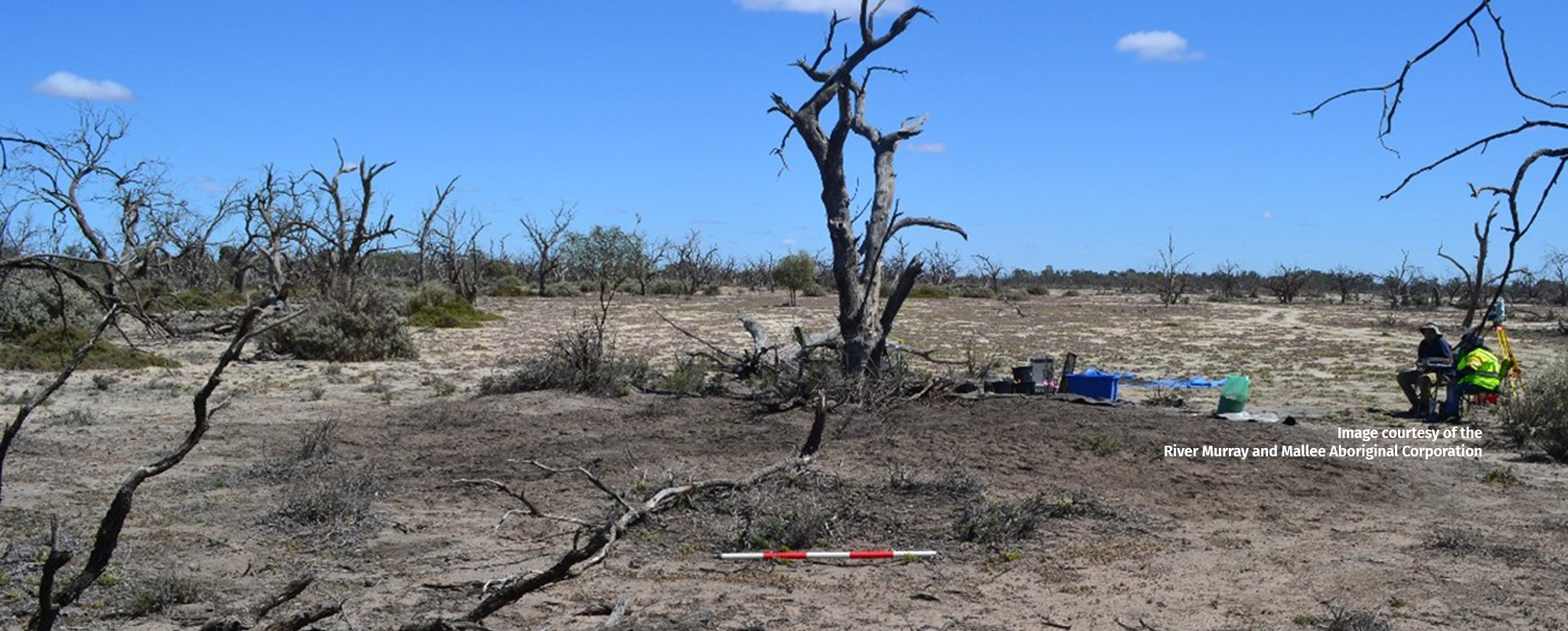
Ngaiawang, Ngawait, Nganguruku, Erawirung, Ngintait, Ngaralte & Ngarkat SA
Murray River earth mounds reveal Aboriginal cooking practices spanning 4000 years
Aboriginal innovation and resilience revealed by research into traditional oven mounds used for cooking in Murray Darling Basin
Find out more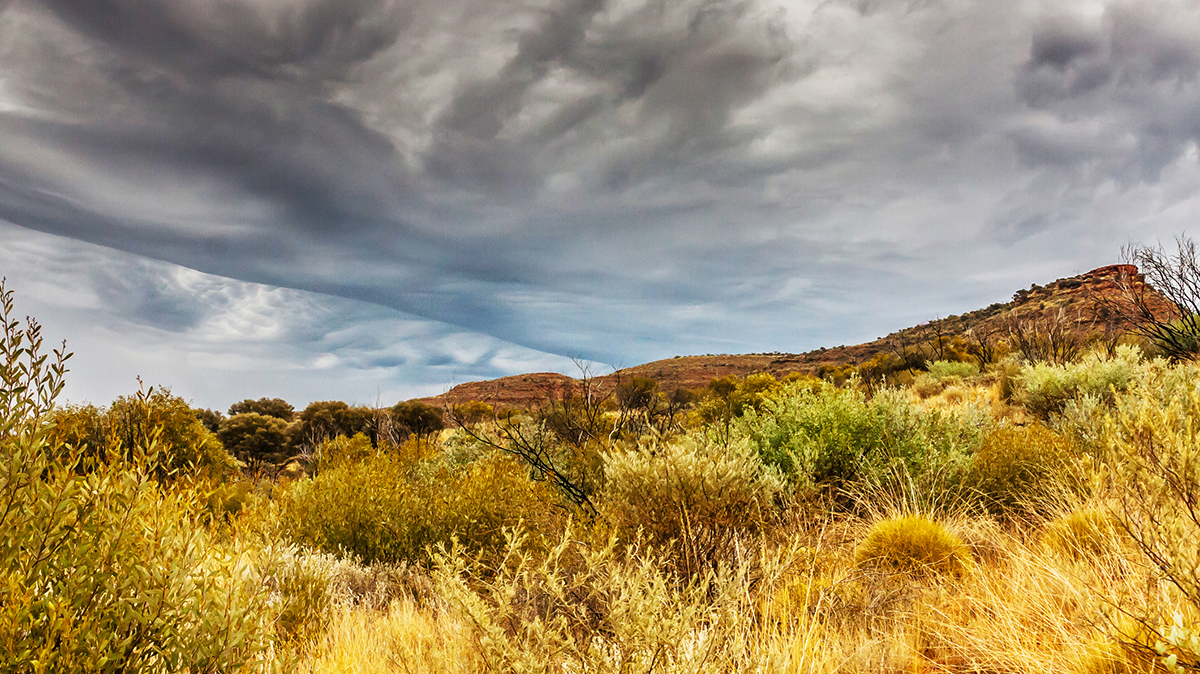
Mirrar Country NT
Ancient foods provide clues to past rainfall
ANSTO has contributed to research by University of Queensland researchers and the Mirarr Traditional Owners in Northern Australia that has helped build a record of rainfall during the late Pleistocene and Holocene, and shed light on the strategies of Indigenous Australians to cope with a changing landscape.
Find out more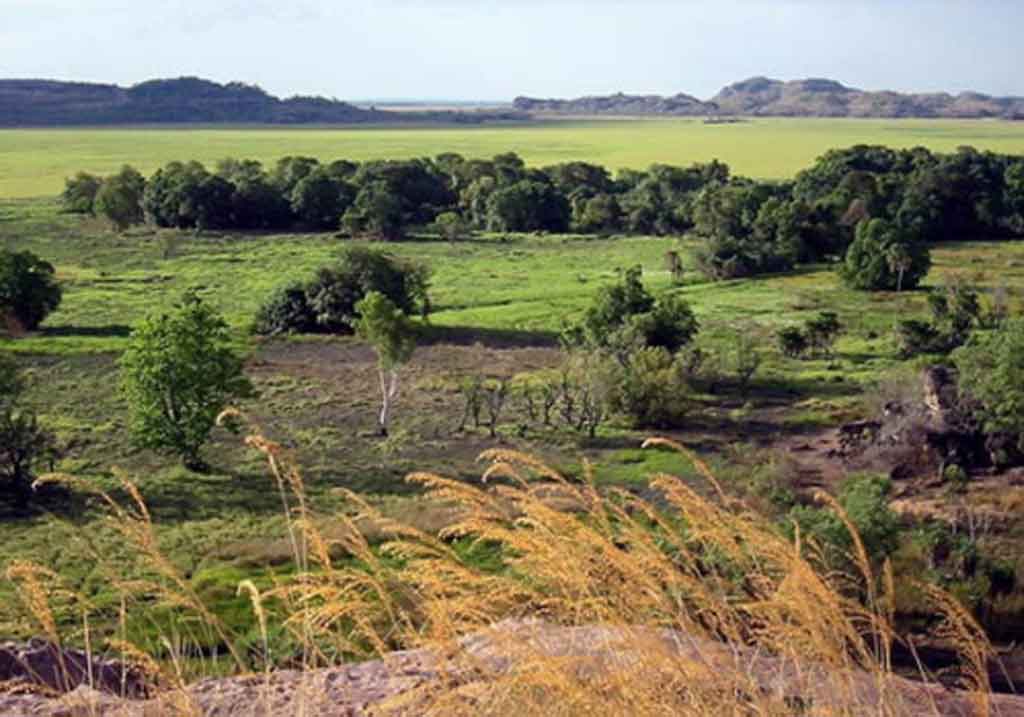
Mirrar Country NT
Nuclear science helps prove earliest Aboriginal occupation
Scientists at the Australian Nuclear Science and Technology Organisation’s (ANSTO) Centre for Accelerator Science and Australian Synchrotron were part of a team who have found new proof of the earliest occupation in Australia – some 65,000 years – in Kakadu National Park.
Find out more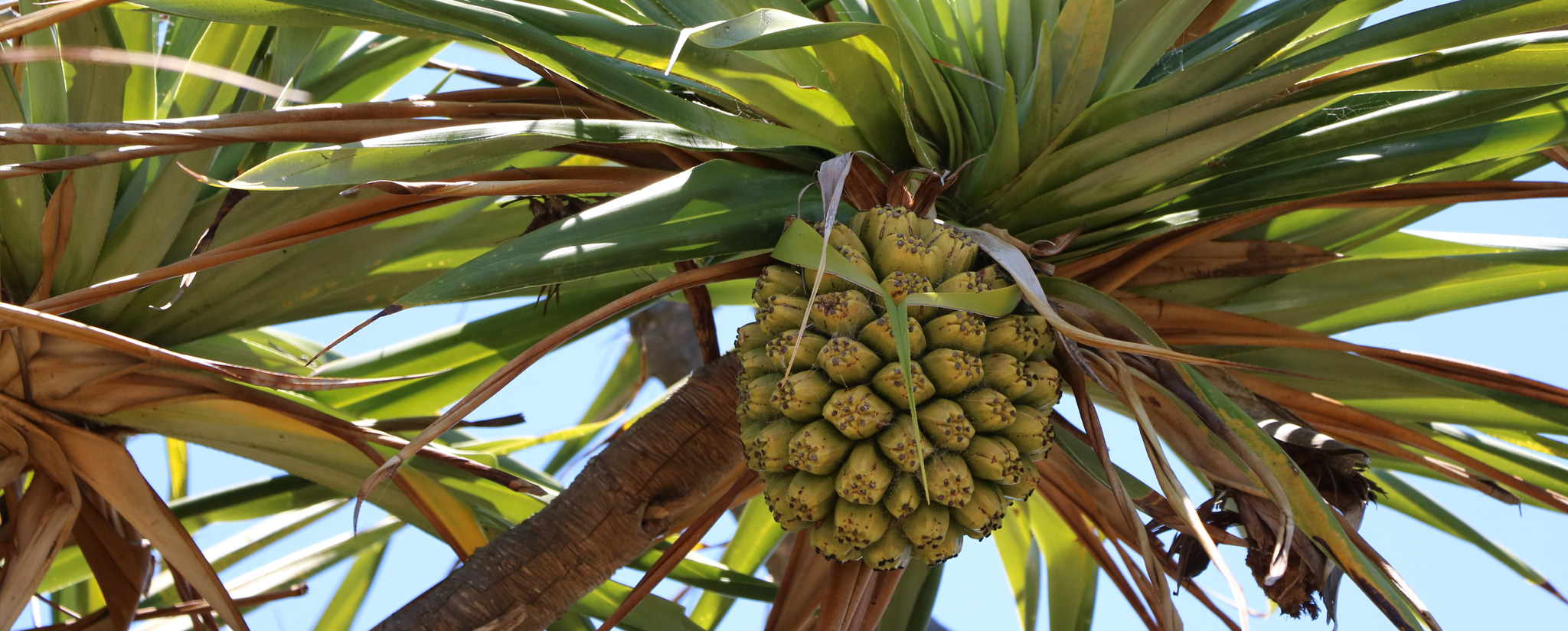
Mirrar NT
Aboriginal inhabitants of Madjedbebe, northern Australia used different ways to adapt to environmental change
Research indicates that Aboriginal people had a broad diet and intensive plant processing technologies, allowing them to respond to changes in climate, sea level and vegetation over the last 65,000 years
Find out more
Manilikarr NT
The archaeology of Bindjarran rockshelter in Manilikarr Country, Kakadu National Park, Northern Territory
Research provides evidence of human settlement on the East Alligator River floodplain from the terminal Pleistocene through to the twentieth century.
Find out more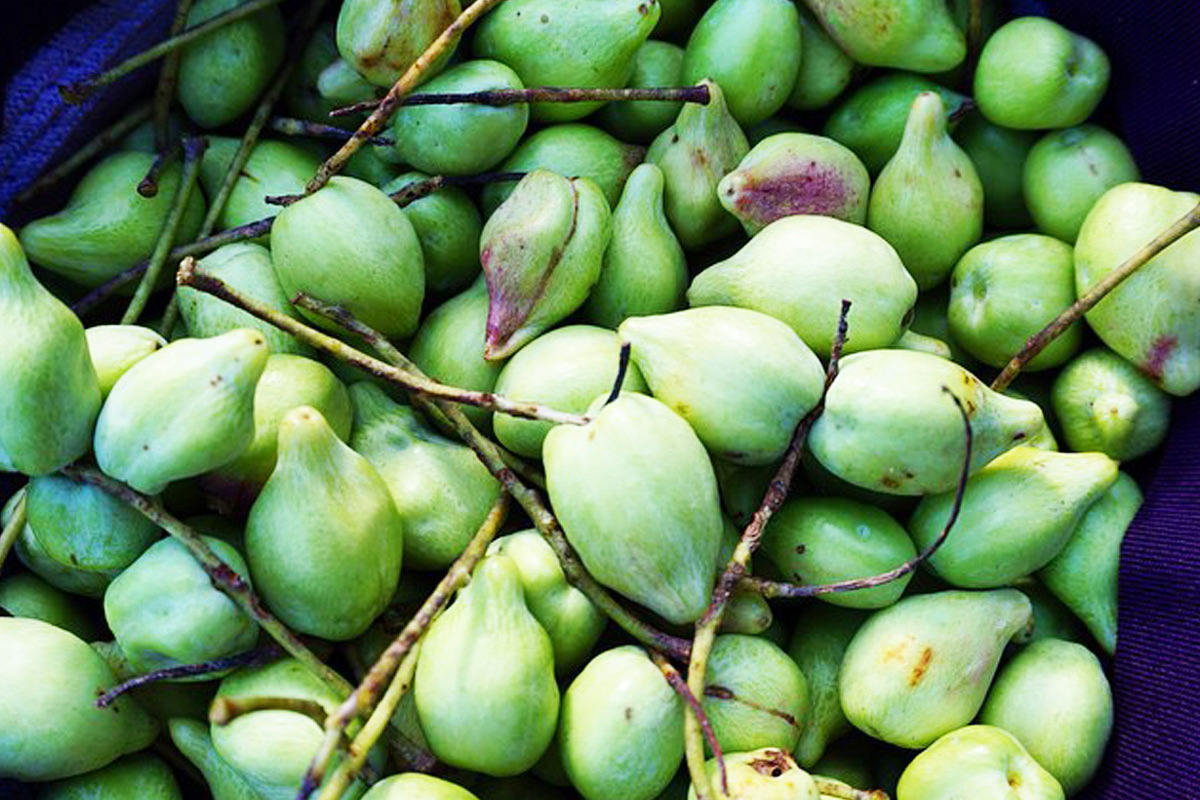
Mambulanjin Aboriginal Corporation NT
ANSTO helps verify the origin of traditional Aboriginal products to benefit consumer confidence and Aboriginal enterprises
ANSTO’s nuclear analytical techniques have been used to ensure that traditional Aboriginal products, such as the Kakadu Plum, are authenticated as part of a new project in partnership with Northern Australia Aboriginal Kakadu Plum Alliance (NAAKAPA) administered by the Mamabulanjin Aboriginal Corporation (MAC) in WA.
Find out more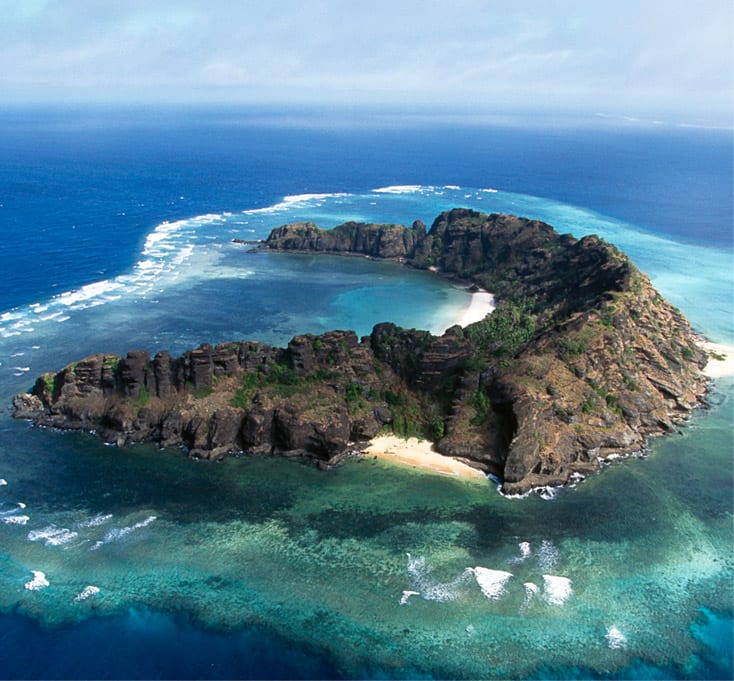
Mabuiag NT
Convergence of ceremonial and secular: The archaeology of Dabangai village on Mabuyag in Western Torres Strait
The long-term significance of Dabangay, with two discrete periods of human activity has been identified in research
Find out more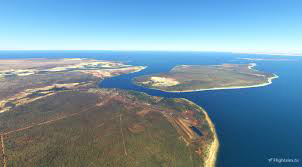
Lardil QLD
Aboriginal occupation at the shell matrix site of Wurdukanhan
Analysis of Wurdukanhan demonstrates high shellfish taxa diversity, high rates of natural shell predation and high densities of foraminifera throughout the deposit demonstrating a natural origin for the assemblage.
Find out more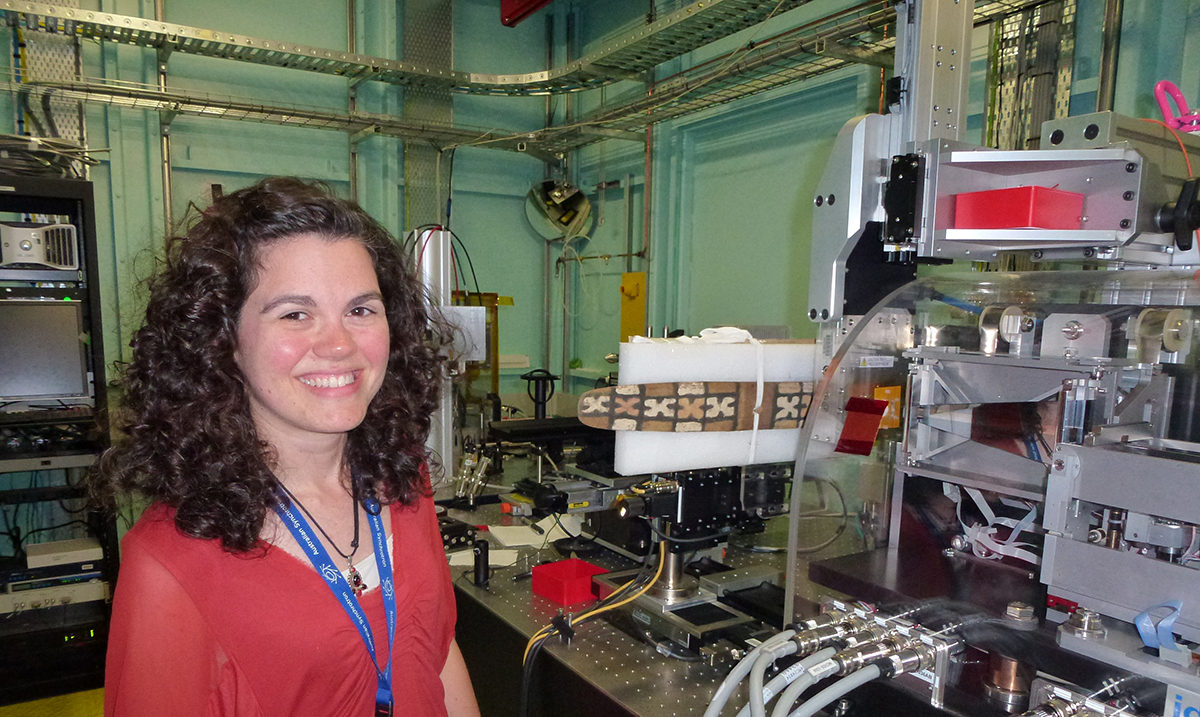
Kunganyi QLD
Aboriginal ochre art under high-tech ‘hands-off’ focus to map culture trail
The first non-destructive analysis of Australian Aboriginal ochre artefacts using advanced X-ray technology at ANSTO'S Australia Synchrotron has paved the way for more accurate cultural mapping and new insights into the origin and style of Indigenous artworks.
Find out more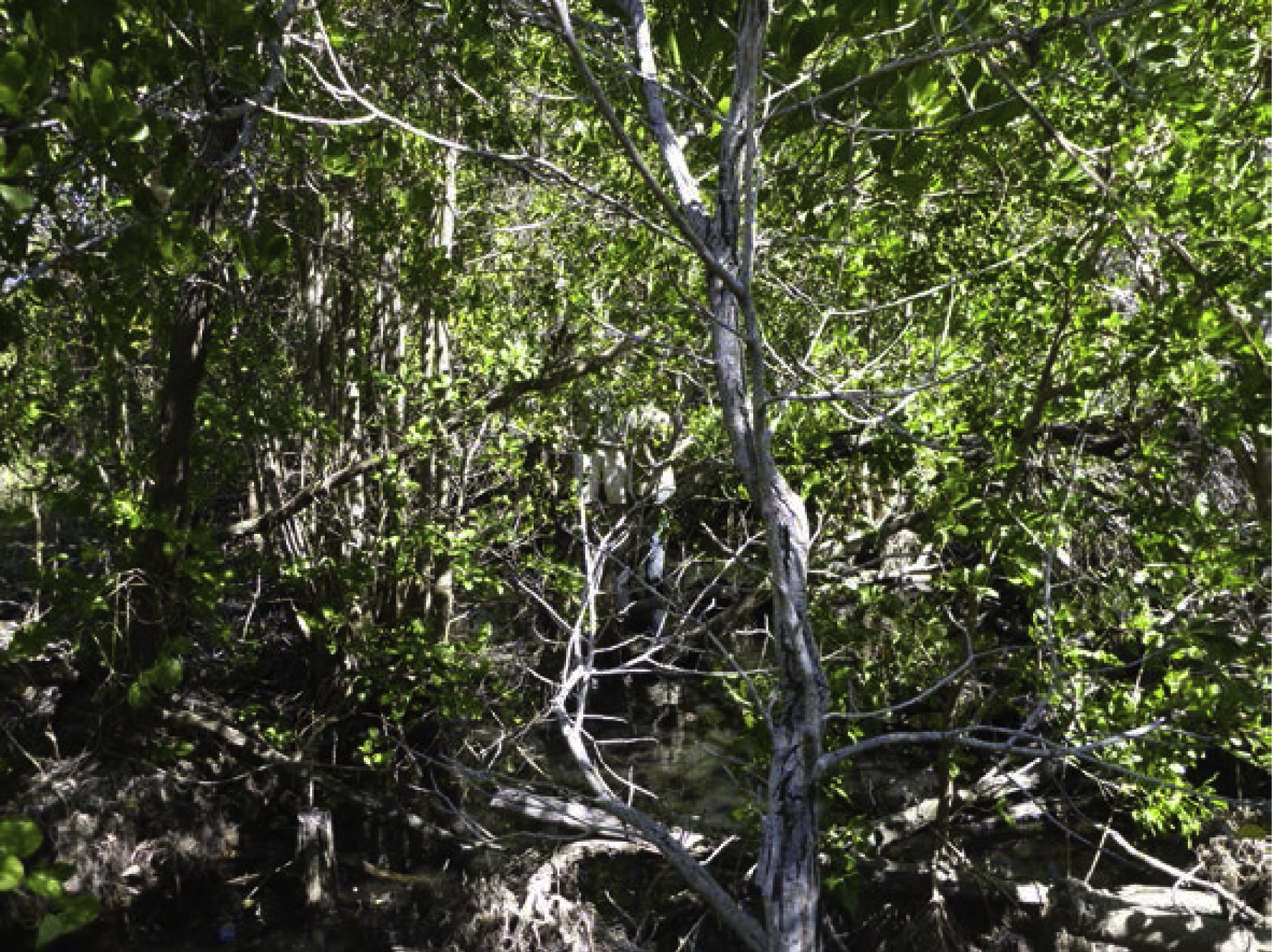
Kaiadilt QLD
Environmental context for human occupation of the South Wellesley Archipelago
A 2400-year record of environmental change is reported from a wetland on Bentinck Island in the southern Gulf of Carpentaria, northern Australia.
Find out more
Guringai Country NSW
Digital Preservation of Hand Stencils
Hand stencils are produced by placing a hand against the rock surface and "spluttering" a mouthful of clay. Work undertaken in the Kimberly region has used drones to capture images of Kimberly Rock art non-destructively. The data can be converted into 3D models to allow for further investigation of the site and potentially identifying features that may be difficult to see with the naked eye. This is the first time this technology has been used outside of the Kimberly.
Find out more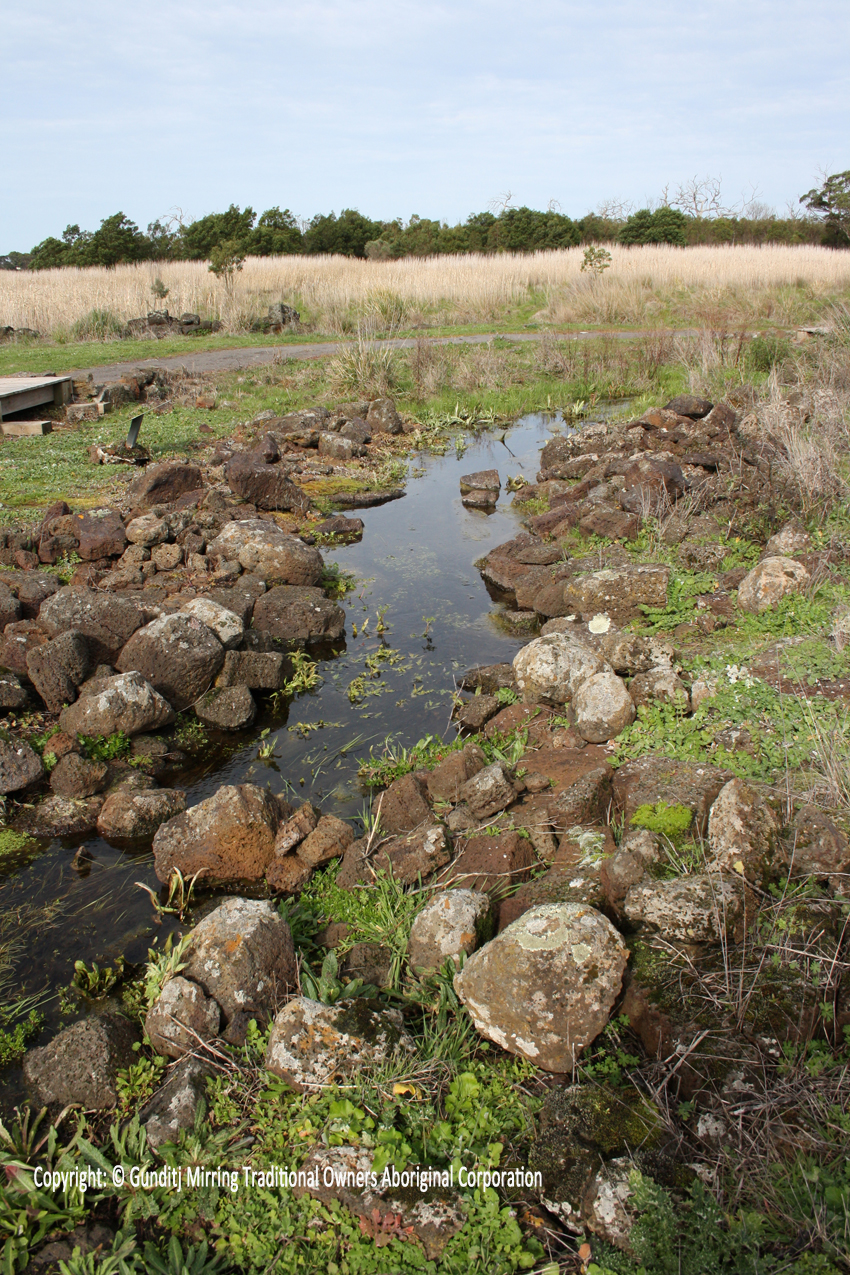
Gunditjmara VIC
Research supported World Heritage Listing for Aboriginal site
Radiocarbon dating at ANSTO and the University of Waikato Radiocarbon Dating Laboratory in NZ provided evidence of the antiquity of stone walled fish traps and aquaculture on the traditional country of the Gunditjmara people in southeastern Australia that received World Heritage Listing.
Find out more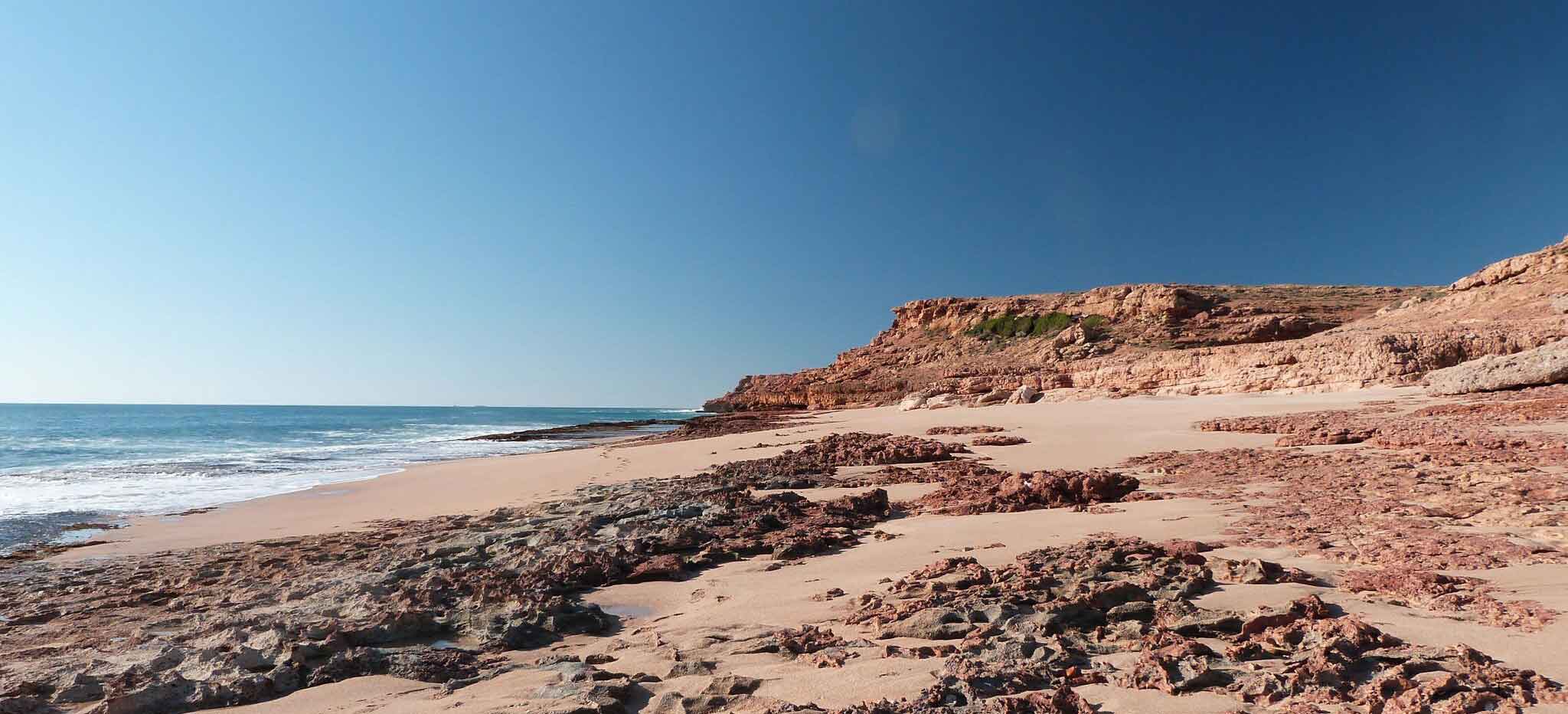
Earliest Aboriginal settlers WA
Evidence of earliest Aboriginal occupation of Australian coast
An archaeological study has found evidence of the earliest occupation of the Australian coast from Barrow Island, Northwest Australia.
Find out more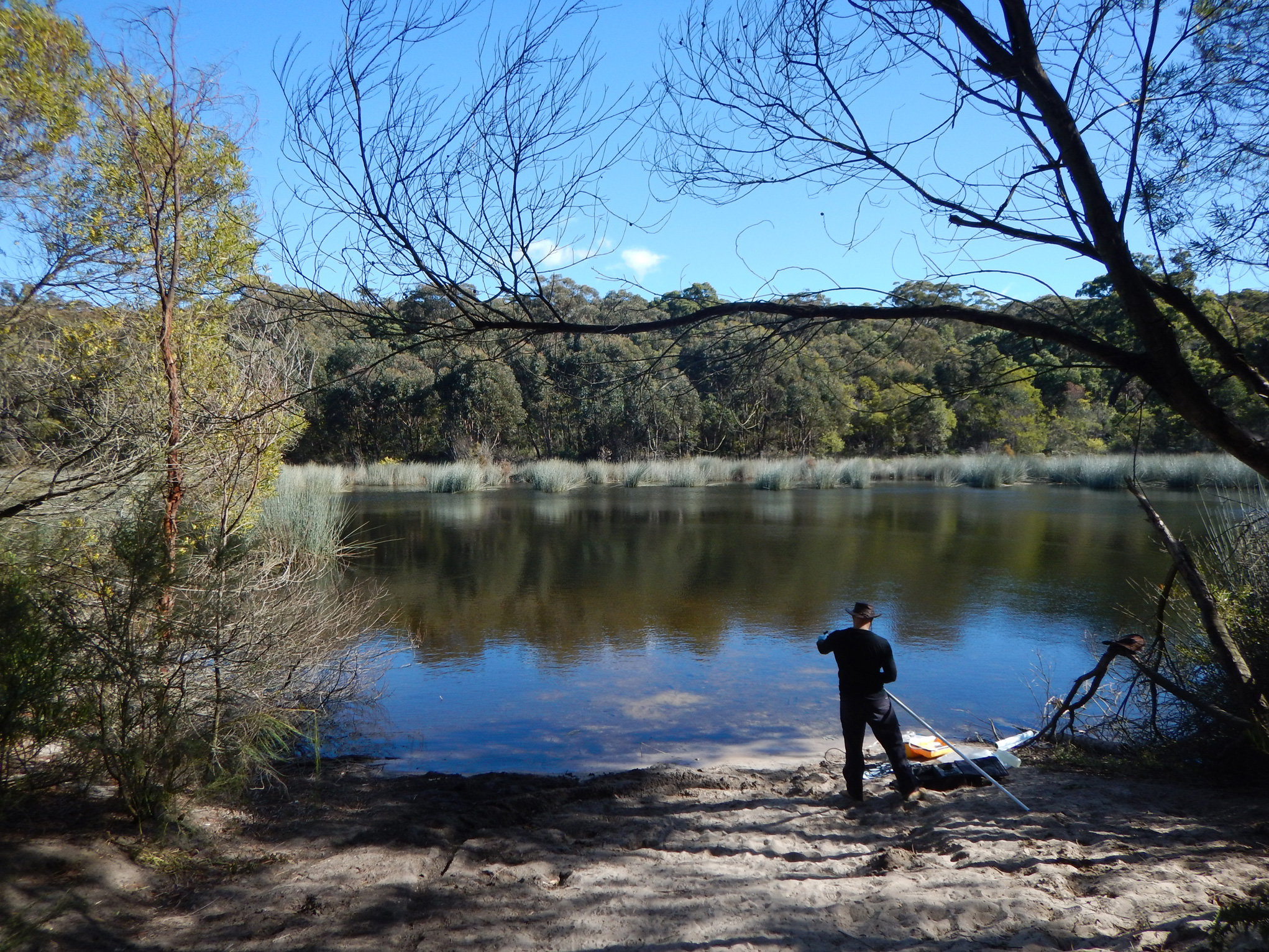
Dharawal, Dharug, Gundunggurra NSW
Water movement at Thirlmere Lake
ANSTO environmental researchers have been selected to participate in a three-year project funded by the NSW Office of Heritage and Environment to further investigate the movement of water at Thirlmere Lakes.
Find out more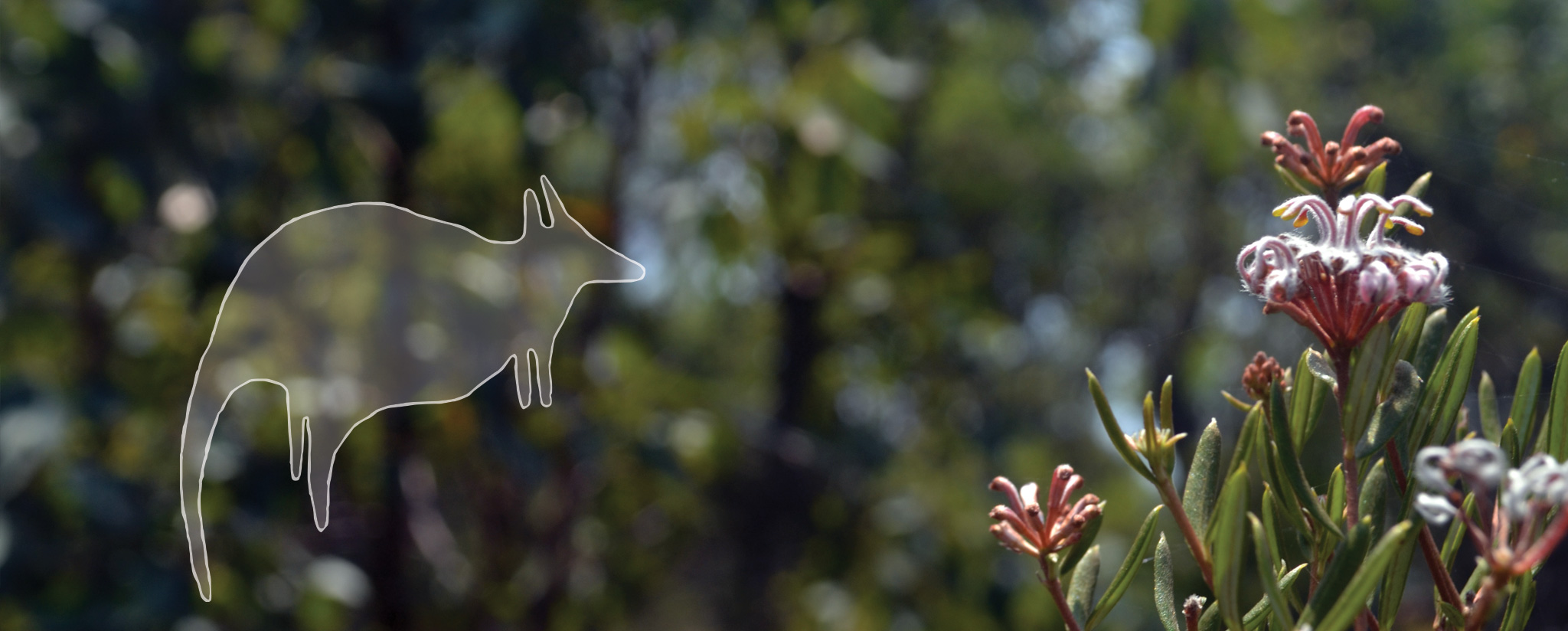
Dharawal country NSW
Indigenous knowledge linked to pollution data
Indigenous weather cycles, based on observations in nature, are more appropriate and accurate than the traditional four seasons for interpreting pollution data
Find out more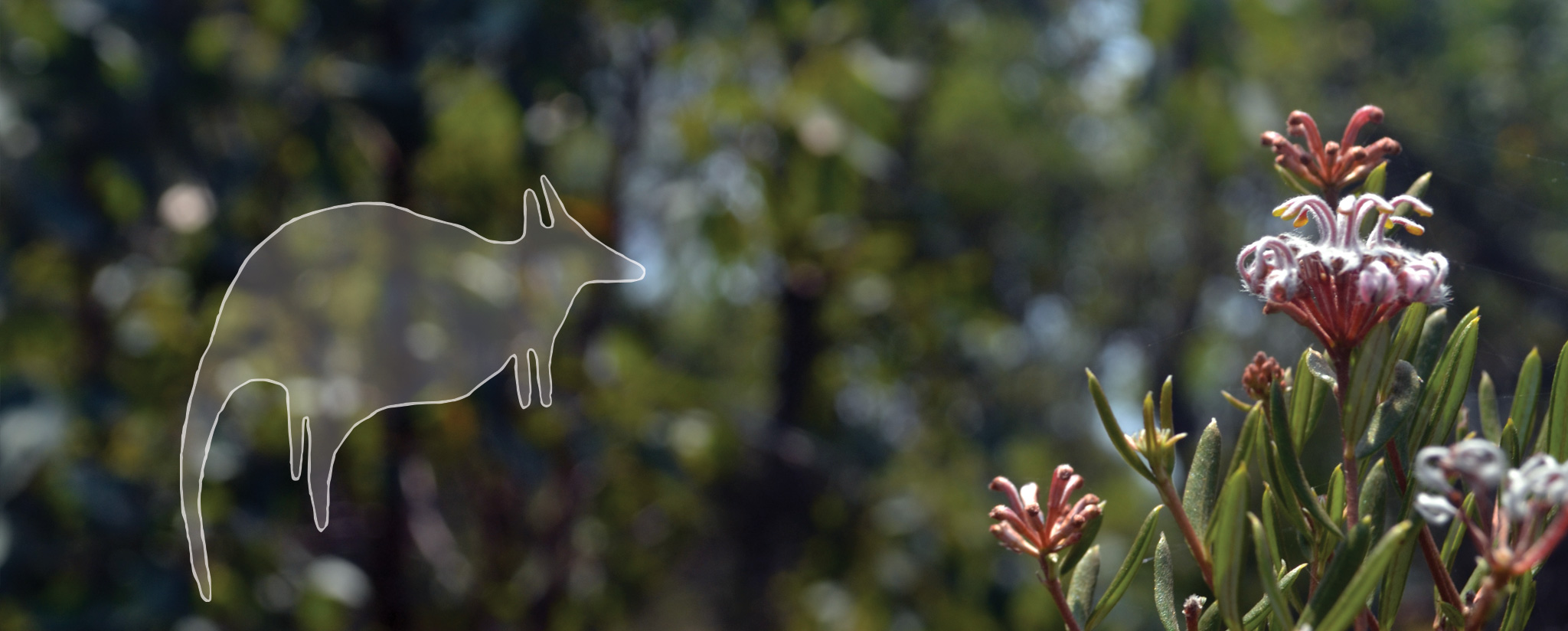
Dharawal NSW
Indigenous knowledge linked to pollution data
Indigenous weather cycles, based on observations in nature, are more appropriate than the traditional four seasons for interpreting pollution data using radon
Find out more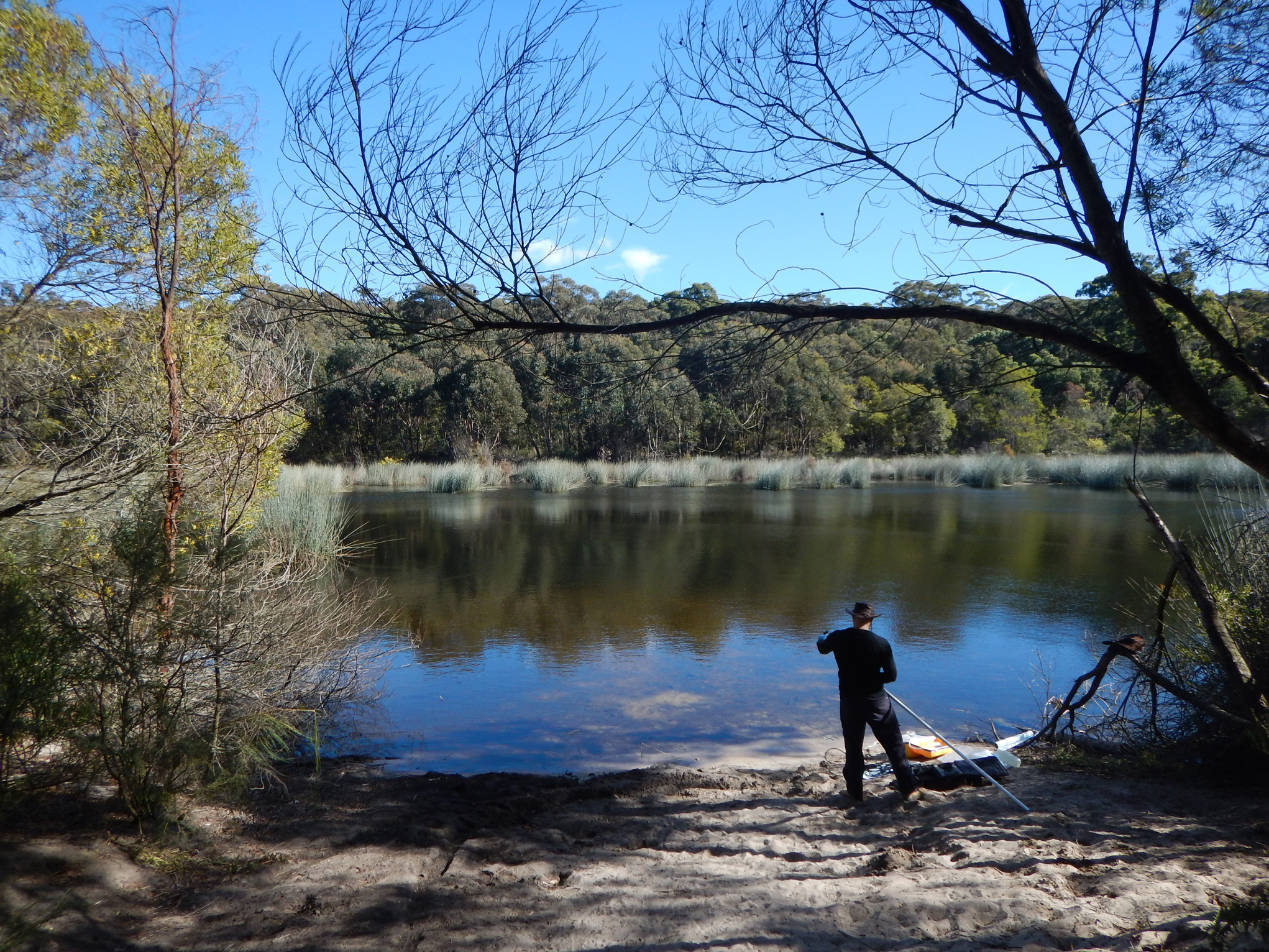
Dharawal NSW
Investigating unusual water movement at Thirlmere Lakes
ANSTO environmental researchers have been selected to participate in a three-year project funded by the NSW Office of Heritage and Environment to further investigate the movement of water at Thirlmere Lakes, an area of significance to local Aboriginal people.
Find out more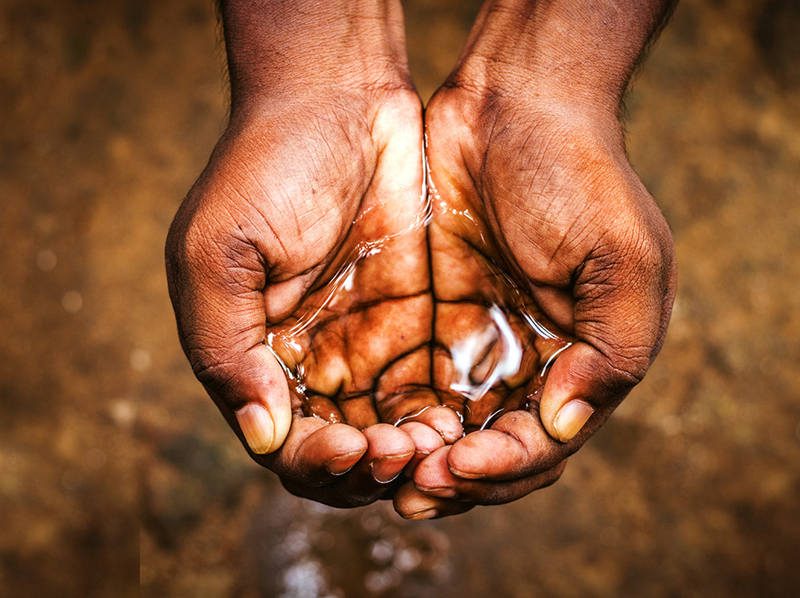
Barkinji NSW
Ensuring the safety of drinking water in NSW Aboriginal communities
ANSTO works with the NSW government and the NSW Aboriginal Land Council to ensure drinking water supplied to Aboriginal communities is safe
Find out more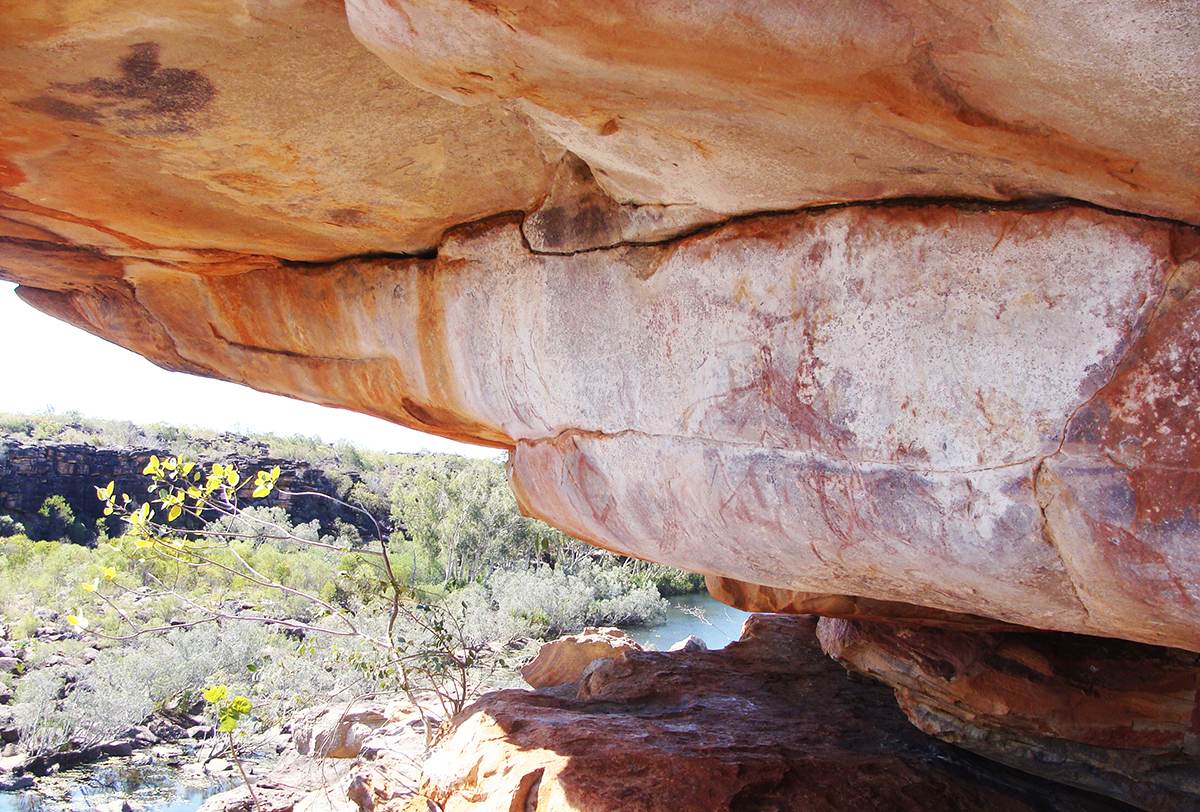
Balanggarra Country WA
Surface coatings on Aboriginal rock art provide insights into climate environment
Radiocarbon measurements at ANSTO’s Centre for Accelerator Science have supported research that provided insights into what the environment was like for the Aboriginal artists who created rock art over intervals spanning 43,000 years
Find out more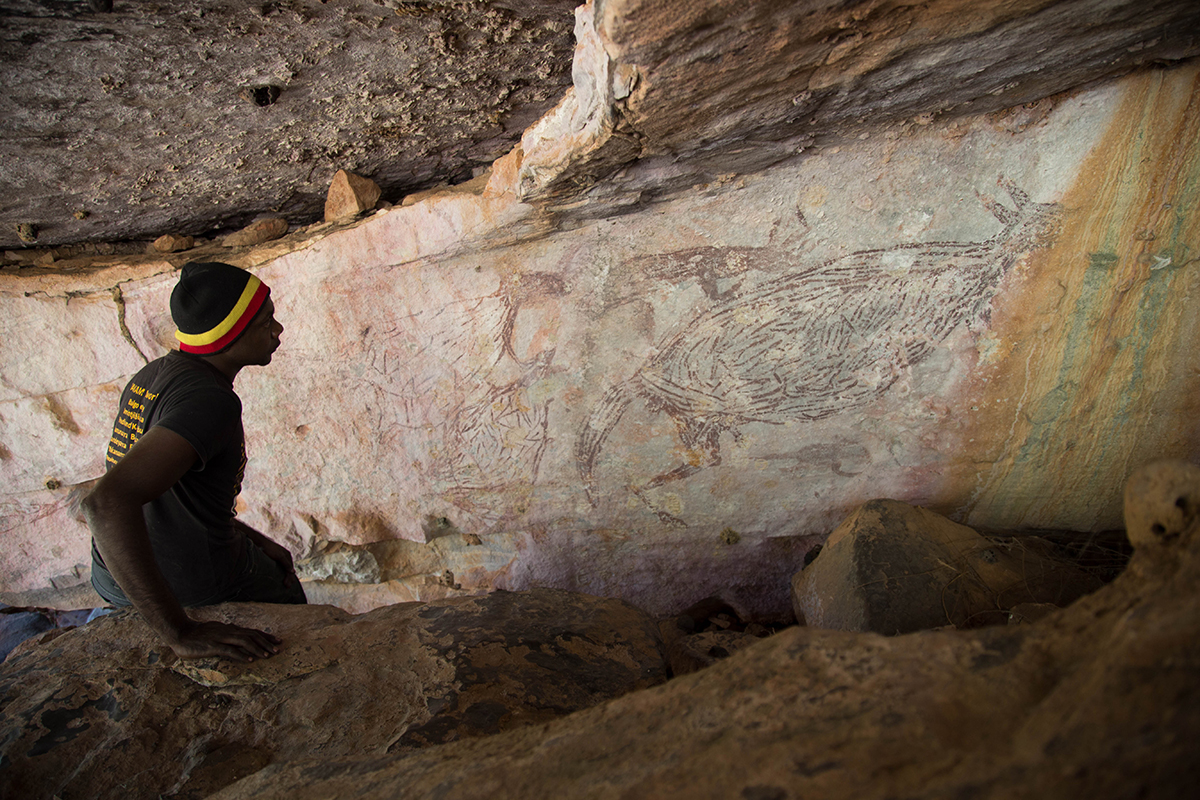
Balanggarra WA
Radiocarbon dating at ANSTO informs date of oldest known Aboriginal rock art
ANSTO’s world-class radiocarbon dating capabilities at the Centre for Accelerator Science have provided evidence of a 17,300-year-old painting of a kangaroo from the Kimberley region that pre-dates the Gwion Gwion style.
Find out more
Balanggarra NT
Surface coatings on Aboriginal rock art provide insights into climate environment
Radiocarbon measurements at ANSTO’s Centre for Accelerator Science have supported research published in Science Advances, that provided insights into what the environment was like for the Aboriginal artists who created rock art over intervals spanning 43,000 years.
Find out more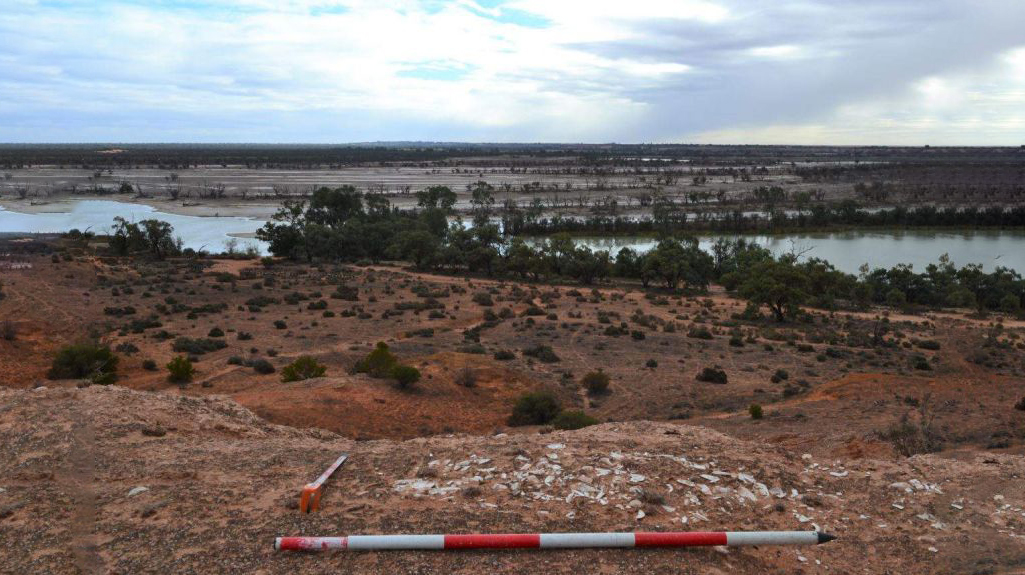
Euahlayi SA
Radiocarbon dating supports Aboriginal occupation of South Australia for 29,000 years
Radiocarbon dating at ANSTO has supported research that vastly extends the known timeline of the Aboriginal occupation of South Australia’s Riverland region, as reported in new research led by Flinders University in collaboration with the River Murray and Mallee Aboriginal Corporation (RMMAC).
Find out more